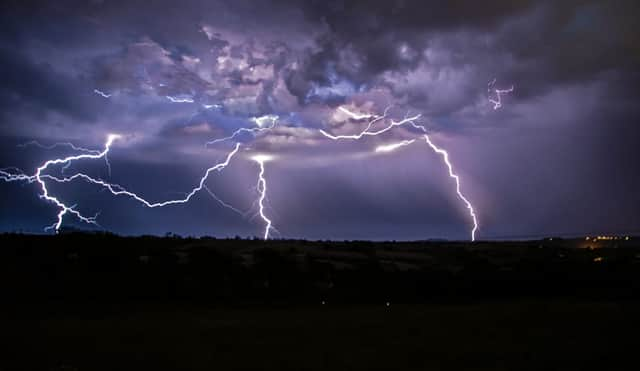This is how storm names are chosen - and the full list for 2021


Storm Christoph recently wreaked havoc across the UK, and the country is experiencing adverse weather once again with the arrival of Storm Darcy.
Some places in England and Scotland are braced for more snow along with strong winds and freezing temperatures hitting as little as -10C.
Advertisement
Hide AdAdvertisement
Hide AdThe Met Office has issued yellow warnings for snow and ice until Friday, with the cold conditions expected to cause travel disruption.
The freezing weather has caused many people to wonder who named Storm Darcy, and how names for storms are chosen.
Here’s everything you need to know - including what other storms will be called in 2021.
Who named Storm Darcy?
In the UK, the Met Office is responsible for naming storms.
Advertisement
Hide AdAdvertisement
Hide AdWhen the newest storm hit the country, the forecaster announced on Sunday 7 February that it had been given the name of Darcy.
The Met Office, its Irish counterpart Met Éireann, and the Dutch weather forecasting service KNMI choose storm names by asking members of the public to send in suggestions.
This year, they received thousands of submissions via social media and email.
The first public naming campaign was in 2015, called Name Our Storms, which prompted more than 10,000 suggestions from people eager to make their mark on the UK’s weather system.
How are the names chosen?
Advertisement
Hide AdAdvertisement
Hide AdOnce names have been submitted by the public, they are whittled down by the forecasters who choose some of the more popular names and ones that reflect the diversity of Britain, Ireland and the Netherlands.
A list is made of the most popular entries, with one name beginning with each letter of the alphabet and alternating between male and female names.
Once the final list is agreed upon, storms are named in alphabetical order.
That’s why, in the 2020 to 2021 season, we’ve so far experienced storms Alex, Barbara, Aiden, Bella, Christoph and now Darcy.
Advertisement
Hide AdAdvertisement
Hide AdIf a storm arrives on UK shores from the US - where they are also named - the Met Office continues to use the name assigned to it by America’s national weather service, to avoid confusion.